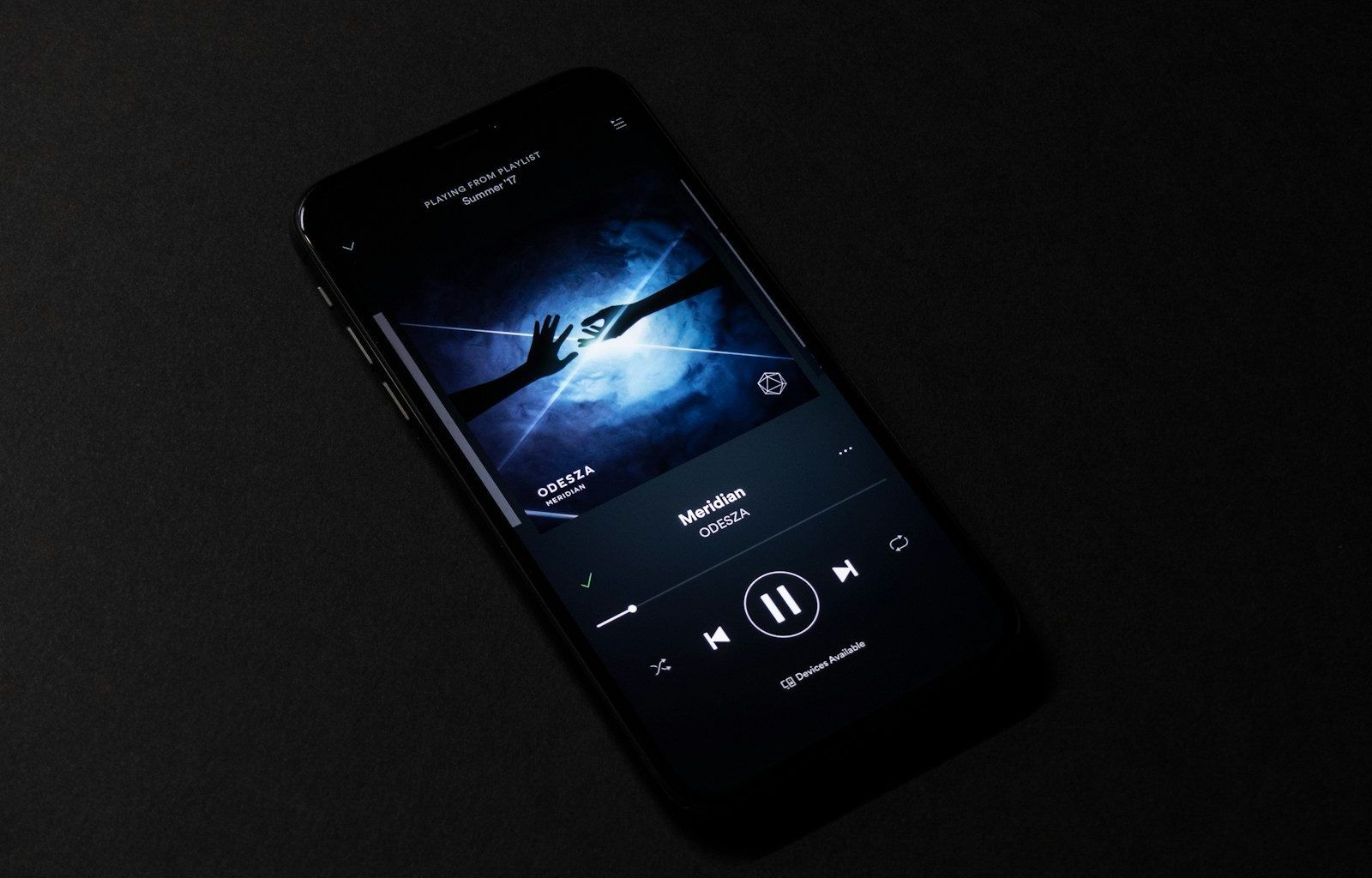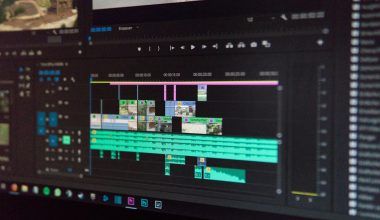Spotify is one of the most popular platforms for music, podcasts, and other audio content. Whether you’re an aspiring musician, a podcaster, or someone who simply wants to share their work with the world, having a presence on Spotify can make a huge difference. But how to setup a page on spotify Don’t worry; we’ll guide you through every step of the process to help you set up a page on Spotify effortlessly.
Why You Need a Spotify Page
First things first, why should you even bother setting up a Spotify page? Spotify has millions of users across the globe who actively search for new music, podcasts, and playlists. By having your own page, how to setup a page on spotify you can reach this vast audience, build your brand, and even earn revenue through streams.
Having a Spotify page is like having your own stage where the world is your audience. Whether you’re an independent artist or part of a larger group, creating a page will give you a platform to connect with fans, showcase your work, and grow your career. So, let’s dive into how you can create your page today.
Getting Started: What You’ll Need
Before you jump in, make sure you have the essentials ready. Setting up a page on Spotify doesn’t require much, but having the following will make the process smoother:
- A Spotify Account: If you don’t already have a Spotify account, sign up for one. You’ll need it to create and manage your page.
- Your Content: Have your audio files, cover art, and any other media ready to upload.
- Personal Information: Basic details like your name or your band’s name, genre, and a short bio.
- Distributor: Spotify doesn’t allow you to upload music or podcasts directly. You’ll need a distributor like DistroKid, TuneCore, or Anchor for podcasts. These services ensure your content gets uploaded in the correct format and adheres to Spotify’s guidelines.
Now that you have everything ready, let’s move to the actual steps.
Step 1: Sign Up for Spotify for Artists
Spotify for Artists is the platform you’ll use to manage your page. If you’re a musician or band, this is where you’ll go to upload your music, update your bio, and interact with your listeners. Follow these steps to sign up:
- Visit Spotify for Artists: Go to Spotify for Artists.
- Claim Your Profile: If your music is already on Spotify through a distributor, search for your artist name and claim the profile.
- Set Up a New Profile: If you’re new to Spotify, you’ll create a profile from scratch. Make sure you provide accurate details.
- Verify Your Identity: Spotify may ask for verification, which usually involves linking your distributor account or providing social media links.
Once your profile is claimed or created, you can customize it to reflect your brand.
Step 2: Set Up a Podcast Page
If you’re a podcaster, the process is slightly different but equally straightforward. Here’s how you can get started:
- Use Anchor or a Similar Platform: Anchor is Spotify’s free podcasting platform that makes it easy to create and distribute your podcast. Sign up on Anchor.fm.
- Upload Your Episodes: Once you’ve created an account, start uploading your podcast episodes. Ensure each episode has a title, description, and cover art.
- Distribute to Spotify: Anchor automatically submits your podcast to Spotify, but you can also manually submit it through Spotify for Podcasters.
Step 3: Customize Your Page
A plain page won’t attract much attention. Personalizing your Spotify page is crucial to making a strong first impression. Here are some ways to make your page stand out:
- Upload a Profile Picture and Banner: Your profile picture should represent your brand, whether it’s a band logo, a personal headshot, or unique artwork. The banner is the first thing people see when they visit your page, so make it count.
- Write a Bio: A short, engaging bio helps listeners learn more about you. Include your story, achievements, and fun facts to connect with your audience.
- Add Social Media Links: Linking your social media accounts makes it easier for fans to follow you on multiple platforms.
Step 4: Upload Your Content
Now comes the exciting part – uploading your work! Since Spotify doesn’t let you upload directly, you’ll need a distributor. Here’s a step-by-step guide:
- Choose a Distributor: Popular options include DistroKid, TuneCore, and CD Baby for music, or Anchor for podcasts.
- Prepare Your Files: Make sure your audio files meet Spotify’s technical requirements (e.g., MP3 or WAV format, appropriate bitrate).
- Set Release Dates: Decide when you want your content to go live and schedule it through your distributor.
- Monitor the Upload: Your distributor will handle the rest, but it’s a good idea to keep an eye on the process to ensure everything runs smoothly.
Step 5: Promote Your Page
Once your page is live, it’s time to let the world know! Promoting your Spotify page is key to gaining followers and streams. Here’s how you can do it:
- Share on Social Media: Post links to your Spotify page on Instagram, Twitter, Facebook, and other platforms.
- Collaborate: Partner with other artists or podcasters to cross-promote each other’s work.
- Create Playlists: Curate playlists featuring your work and other similar content. Share these playlists with your audience.
- Engage with Your Audience: Reply to comments, host Q&A sessions, and thank your listeners to build a loyal fanbase.
Step 6: Analyze Your Performance
Spotify provides analytics tools to help you understand how your content is performing. Use these insights to make data-driven decisions:
- Track Streams and Listeners: See how many people are listening to your music or podcasts.
- Understand Your Audience: Learn about your listeners’ demographics, locations, and preferences.
- Optimize Your Strategy: Use this information to tweak your promotional efforts and content.
Common Mistakes to Avoid
Setting up a page on Spotify is easy, but there are some common pitfalls to watch out for:
- Skipping Verification: Verifying your profile adds credibility and unlocks more features.
- Low-Quality Content: Ensure your audio and visuals are high-quality to attract and retain listeners.
- Ignoring Analytics: Regularly checking your analytics will help you grow and adapt.
Conclusion
how to setup a page on spotify is a fantastic way to showcase your talent and reach a global audience. With the right preparation and approach, you can create a professional, engaging page that resonates with listeners. Remember to stay consistent, interact with your audience, and continuously improve your content.
Now that you know how to setup a page on spotify, it’s time to take action. Gather your materials, follow the steps, and start sharing your work with the world. You’ve got this!
For further reading, explore these related articles:
- Exploring the Best Free Music Distribution App for Independent Artists
- Comprehensive Breakdown of Music Distribution Costs for Artists
For additional resources on music marketing and distribution, visit Deliver My Tune.






